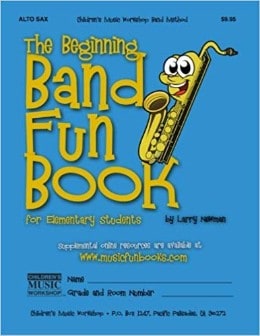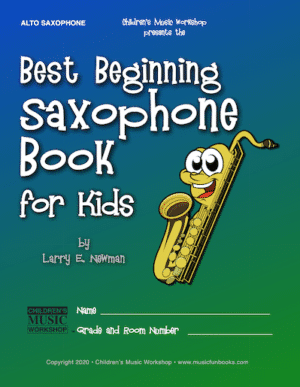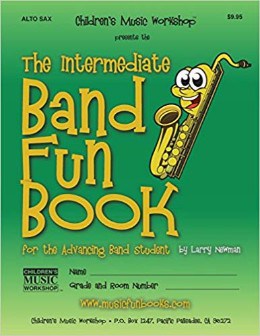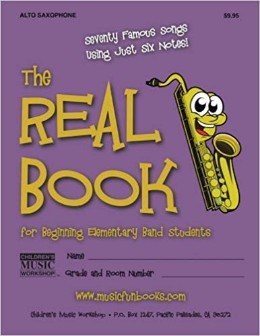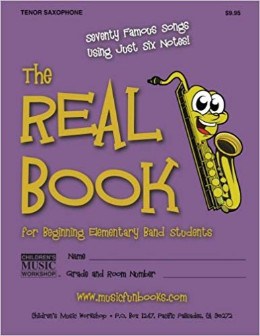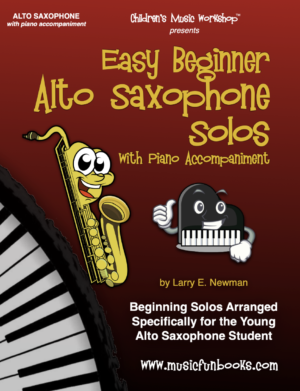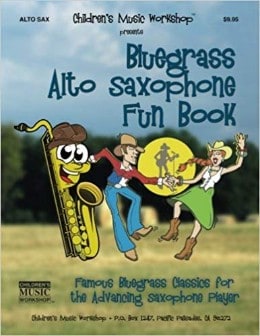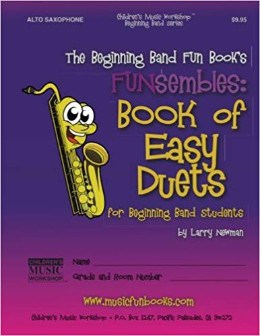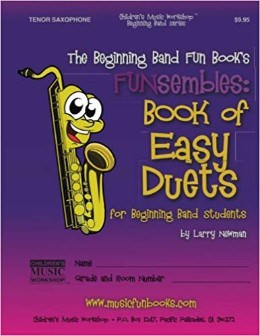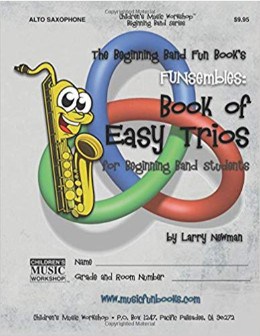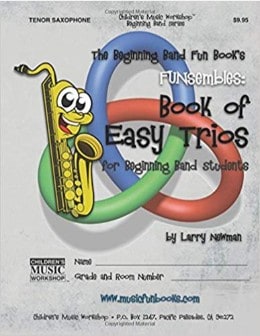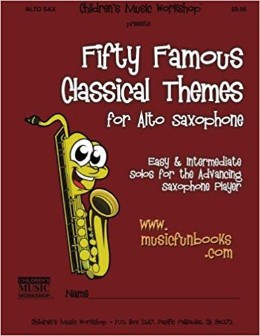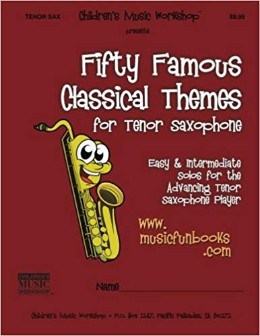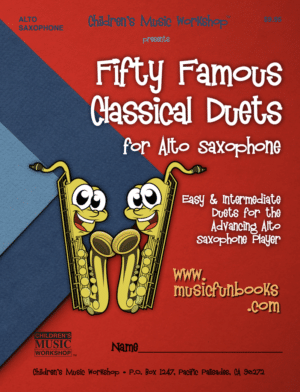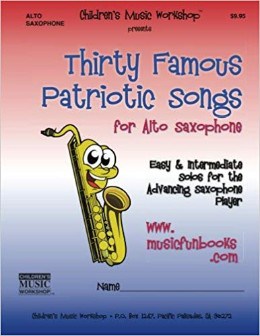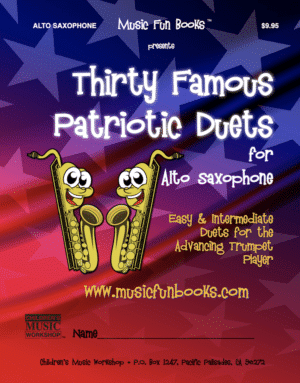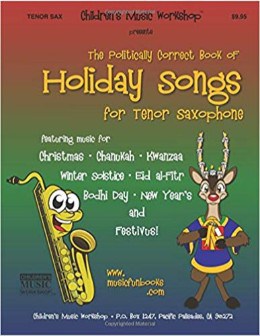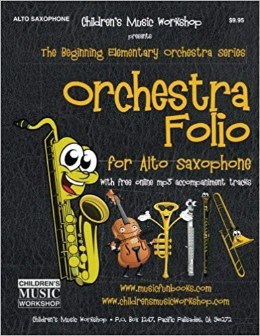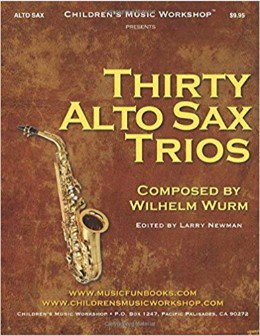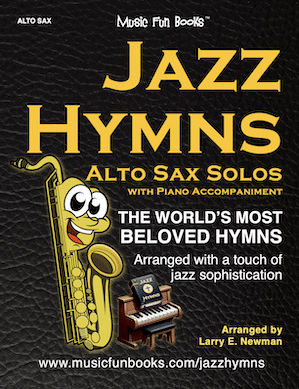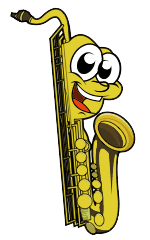 About the Saxophone
About the Saxophone
A saxophone for a child is a great starting point for learning music. The saxophone is perhaps the most widely heard solo instrument of the wind family in popular and jazz music – just like the violin is the most popular string instrument. And the saxophone price – while expensive compared to some other band instruments – is generally affordable.
It has a singing quality with a rich middle register, commanding low register, and an exciting and colorful extended range.
Young saxophonists can enjoy performing in many large ensembles including concert, jazz, and marching bands as well as wind ensemble.
Although not a regular member of the orchestra woodwind section, orchestral composers occasionally score for one or more saxophones, and sometimes incorporate a saxophone quartet. There is also a good body of concerto repertoire for the saxophone.
The study of the saxophone inevitably involves learning soprano, alto, tenor and baritone. Most players, however, choose to establish a recognizable solo voice on only one of these.
Additionally, saxophonists often double on clarinet and flute in order to open up more opportunities for employment. The saxophone price can vary greatly among instrument suppliers. But stick with a brand name when researching the price of a saxophone to assure you get a quality instrument.
Is the saxophone difficult to play?
Unlike the flute and clarinet, the saxophone is very accommodating in the early stages of musical development. Within the standard range, notes respond easily, even with the most undeveloped embouchure. The saxophone is not as prone to “squeak” like the clarinet or sound airy and flat like the flute in the beginning. To be successful, attention needs be given to the development of good posture, support, relaxation, hand position, breathing, embouchure, articulation, and manual dexterity. The best saxophone price is still a bit higher than a student flute or clarinet price – but still affordable.
With all of these components functioning independent of one another, it should come as no surprise that the saxophone demands a good deal of concentration, as is the case with all musical instruments. Beginning saxophone players often have difficulty producing the low notes or “bell tones” and the high notes or “palm keys.” The extended range or “altissimo register” should not be explored until the player has a firm grasp of proper breathing, embouchure, and tone production.
Essential to learning any instrument is development of the inner ear, or aural perception of sound. Having a reference in one’s inner ear as to what to strive for in terms of tone and interpretation can be the most important motivation for any beginning saxophone player. Having an aural reference such as a CD recording or concert performance, like a picture, is worth a thousand words.
Daily adjustments made through trial and error in order to improve embouchure, breathing and articulation are often motivated simply by a sound or aural image in one’s mind. It is therefore imperative that the developing beginning saxophone player listen to and watch as many masters of the saxophone as possible in order to make progress.
Getting the Best Saxophone Price
The traditional starting place for the beginning saxophonist is with the alto saxophone. This is in part due to the fact that that vast majority of classical saxophone literature is written for the alto. Additionally, the alto requires slightly less air than does the tenor, and the smaller key scale often fits more comfortably in a young person’s hands.
Further, the angle of air flow as well as the embouchure required to play alto is very much transferable to all of the saxophones. These points do not, however, preclude a beginner from starting on tenor or baritone saxophone. With proper guidance, repertoire and technique can be adapted to all of the saxophones.
Consult your local music store, school music teacher, or private teacher for suggestions for a good saxophone price. We recommend The Instrument Place as the best online retailer.
The Saxophone Family
1. Sopranino Eb
2. C Melody Soprano C
3. Soprano Bb
4. Alto Eb
5. C Melody C
6. Tenor Bb
7. Baritone Eb
8. Bass Bb
9. Contrabass Eb
10. Subcontrabass Bb
History
Invented in the 1840s by Adolphe Sax of Brussels, Belgium, the saxophone is the most recently developed member of the woodwind family.
It is a hybrid instrument with a key system based on the Boehm fingering system c.1832, as is the case with the clarinet, oboe, and flute.
The saxophone has a conical bore like an oboe, a reed and mouthpiece like a clarinet, and a metal body (brass) like the brass family of instruments.
Student, Intermediate and Professional Saxophones
Generally, student horns play well, but lack features and craftsmanship of professional instruments. As you move from a student horn to an intermediate horn and then finally to a professional instrument, major differences will become apparent.
STUDENT HORNS (Click HERE for a list of saxes.)
A great deal of effort has been taken by many manufacturers to produce student instruments that are both affordable and musically satisfying to play. Most student horns produce a pleasant tone with considerable ease and feel relatively comfortable in the beginner’s hands. In the case of a younger student, check to make sure that he or she does not have difficulty closing keys, especially the “spatula” keys.
A student horn is a good way to go if you or your child’s commitment is questionable. After three or four years of good use, a move to a better instrument can be made, possibly facilitated at least in part by a trade-in of your student horn.
INTERMEDIATE HORNS (Click HERE for a list of saxes.)
As you can imagine, the intermediate horn is a little easier on the pocketbook, yet it has some features that resemble a professional horn. The key work feels similar that of a professional horn, yet it may not produce quite the same quality of tone. Intermediate horns usually lack the hand work found on professional models
PROFESSIONAL HORNS (Click HERE for a list of saxes.)
Response, intonation, and tone quality are greatly improved with a professional instrument. Great care is taken in designing the tube through experimentation with different metal alloys, their weight and thickness.
The design and placement of tone holes and posts is given much consideration, using silver solder in many cases. Adjustment screws and adjustable felt bumpers are also included on professional horns. Much more hand work is done as is the case with hand-hammered keys and hand-engraving. Also, choices with respect to finish become available.
These include clear or colored lacquer, and silver and gold plating. Professional horns in general, feel more comfortable and substantial in one’s hands. Finally, the resale value of a professional horn usually is quite satisfactory.
Lacquer vs. Plating
The standard finish for a saxophone is clear lacquer, however, different colored lacquers are now available. The color of the lacquer does not significantly affect the sound, but plating can. Silver-plated instruments, purchased for the most part by military and marching bands, produce a slightly brighter tone than lacquered horns. Gold-plated horns have a warm, heavy sound and can cost considerably more.
New vs. Used
A used saxophone is a viable option to purchasing a new instrument. For a similar amount of money, a jump can be made from a new intermediate instrument to a used professional instrument, for instance. Be sure to check the used instrument for dents (recent and repaired)and re-soldering, as well as the condition of the pads. The pads should feel soft and appear to fill up the key cup to its edges. Also, ask if the horn has been re-lacquered. A re-lacquered horn is not necessarily a bad thing if you are happy with it. It could, however, affect the resale value of the instrument down the road. You might find used student horns at your local music store, perhaps an instrument that was rented out for the school year. Often, both used instrument dealers and local music stores offer a basic warranty with the purchase of a used instrument.
Precisely balanced and light to touch, Yamaha saxophones permit you to effortlessly create the tonal colors you desire – to forget about the technical aspects of your performance and concentrate on pure musicality.
CLICK TO FIND A GREAT PRICED YAMAHA SAXOPHONE HERE!
Picking a Mouthpiece, Ligature and Reed
Beginners should start on a hard rubber mouthpiece with a small tip opening and low baffle. After deciding on a mouthpiece, try out some ligatures. Look for one that holds the reed in place while not compressing it at the sides. A “reverse” ligature, one with the screws on top is best. It is important to pick a good-quality reed, since it is the reed which triggers the vibration of sound within the instrument. Beginning students are, however, often careless with their reeds, so reed care accessories are recommended. Teaching a beginner to simply put the mouthpiece cap on will prevent destruction of the reed, not to mention the mouthpiece.
Accessories
A sturdy neck strap or harness is a must. For reed care, a reed case, knife, trimmer, and re-surfacer are most helpful. A mouthpiece pouch protects the mouthpiece while in the case. A swab is good for keeping the tube clean. A music stand, method books, and a good selection of CDs will get things started. Click here for accessories.
Where to Buy
There are a few options available when purchasing a saxophone: your local music store, a mail-order service, or private party selling a secondhand instrument. Each has its benefits, but important things to consider are price, quality, and service. Improper maintenance and accidents can lead to potential problems, such as damaging dents and dings which can affect more than just the looks of the instrument. You may want to choose a music store with a repair person on-site or, if you purchase from a mail-order service, it would be wise to have a repair shop available to you locally.
